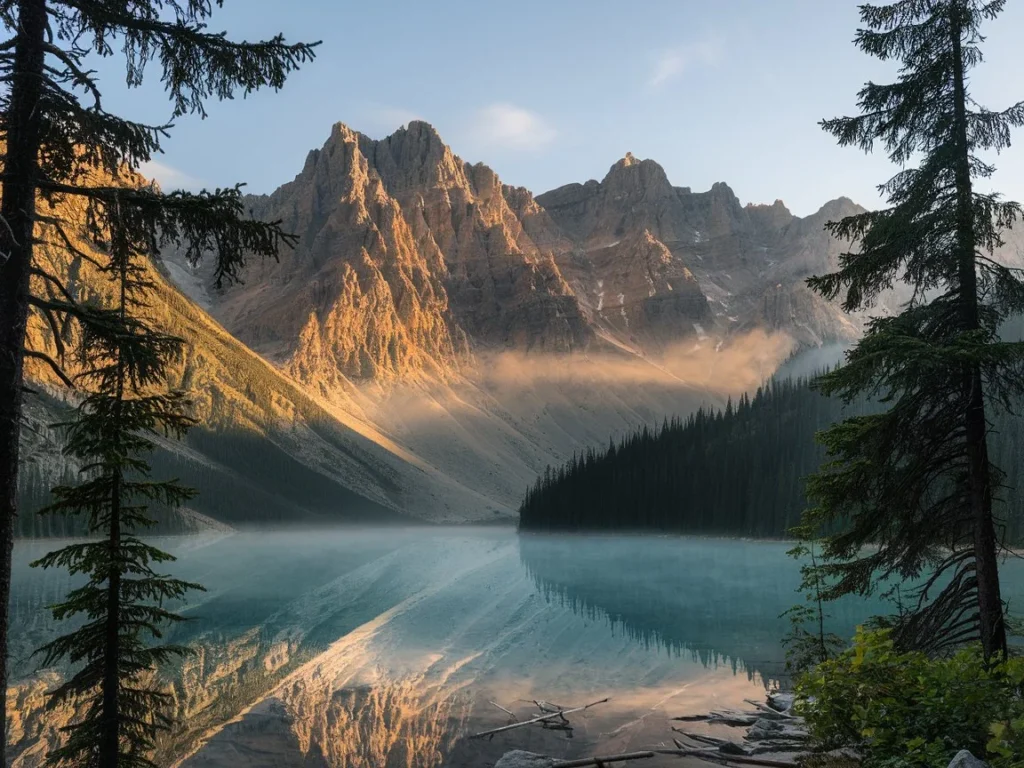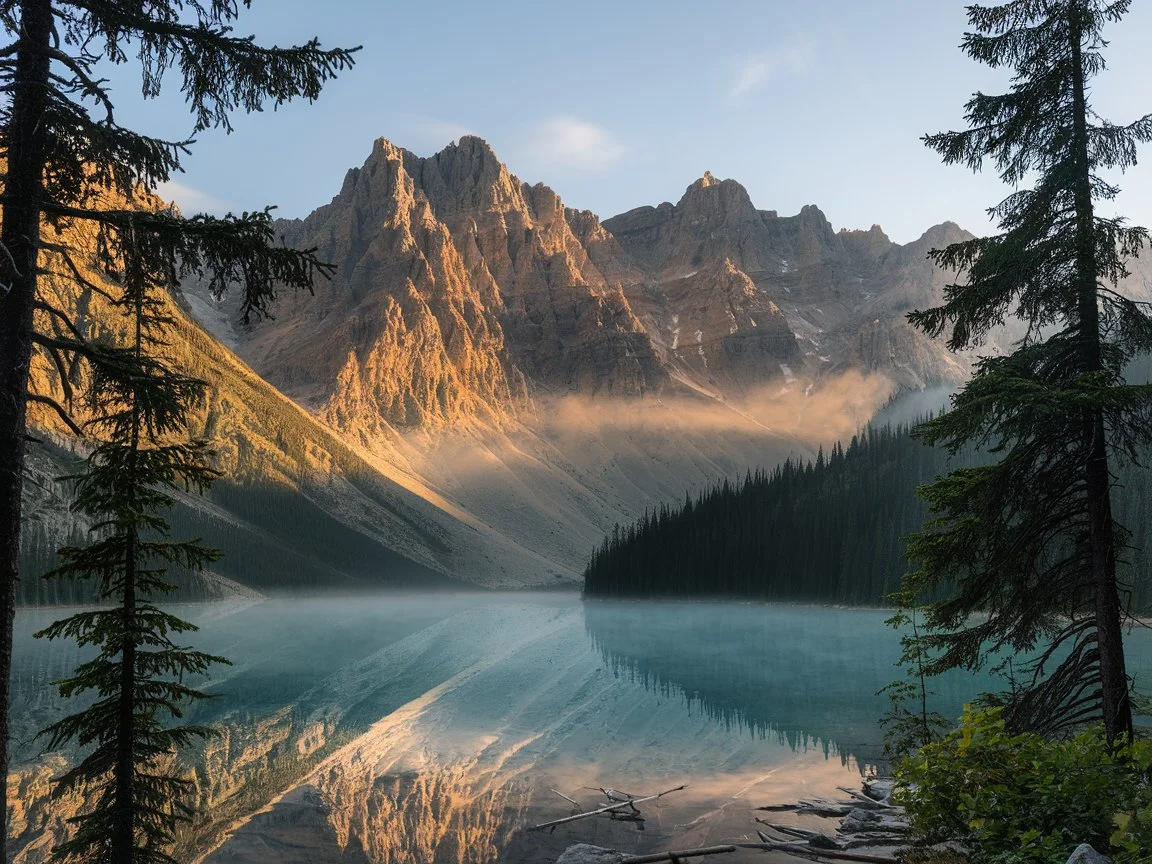
Introduction
Mountain photography is a magical and rewarding adventure that allows you to capture the raw beauty of nature. From towering peaks and serene lakes to dense forests and vibrant wildlife, the mountains offer endless opportunities for breathtaking shots. However, photographing these rugged landscapes comes with its own set of challenges, such as unpredictable weather, harsh lighting, and the physical demands of reaching remote locations. Yet, the rewards—stunning images that tell a story and evoke emotion—make it all worthwhile.
This guide will take you through the essentials of mountain photography, from choosing the best locations and gear to mastering composition techniques and editing your shots. Whether you’re a seasoned photographer or a beginner with a smartphone, these tips will help you capture the majesty of the mountains and create images that inspire. So grab your camera, lace up your boots, and get ready to embark on a photography adventure like no other.
1. Best Locations for Mountain Photography
The mountains are a treasure trove of photographic opportunities. Here’s a look at some of the best locations and how to make the most of them:
- Panoramic Views:
- Capturing wide landscapes from peaks and valleys is a hallmark of mountain photography. Look for vantage points that offer sweeping views of the surrounding terrain.
- Example: The Grand Tetons in Wyoming provide iconic panoramic shots with their jagged peaks and expansive valleys.
- Lakes and Reflections:
- Still water surfaces can double the beauty of a mountain scene by creating mirror-like reflections.
- Example: Moraine Lake in Banff National Park, Canada, is famous for its turquoise waters and reflections of the surrounding peaks.
- Forests and Wildlife:
- Incorporating natural elements like trees, flowers, and animals adds depth and storytelling to your photos.
- Example: The Great Smoky Mountains in Tennessee and North Carolina are teeming with wildlife and lush forests.
- Top Locations:
- Location 1: Patagonia, Argentina/Chile – Known for its dramatic peaks, glaciers, and vibrant sunsets.
- Location 2: Swiss Alps, Switzerland – Offers pristine alpine landscapes and charming villages.
- Location 3: Rocky Mountain National Park, Colorado – Features diverse terrain, from meadows to rugged peaks.
2. Essential Camera Gear for Mountain Photography
Having the right gear is crucial for capturing stunning mountain landscapes.
- Choosing the Right Camera:
- DSLRs: Offer superior image quality and versatility, ideal for serious photographers.
- Mirrorless Cameras: Lightweight and compact, with excellent image quality and advanced features.
- Smartphones: Modern smartphones have impressive cameras and are great for quick, high-quality shots.
- Lenses for Landscape Shots:
- Wide-Angle Lenses: Perfect for capturing expansive landscapes and dramatic skies.
- Telephoto Lenses: Ideal for isolating distant peaks or wildlife.
- Tripods and Accessories:
- Tripods: Essential for stability, especially in low-light conditions.
- Filters: Polarizing filters reduce glare and enhance colors, while ND filters allow for long exposures.
- Drones: Provide unique aerial perspectives of mountain landscapes.
3. Lighting and Weather Conditions
Lighting and weather play a crucial role in mountain photography.
- Golden Hour & Blue Hour:
- Golden Hour: The hour after sunrise and before sunset offers warm, soft light that enhances textures and colors.
- Blue Hour: The period just before sunrise and after sunset provides cool, ethereal light.
- Handling Harsh Light & Shadows:
- Use a polarizing filter to reduce glare and shoot in shaded areas to avoid harsh shadows.
- Weather Challenges:
- Fog: Creates a mysterious, moody atmosphere. Use a tripod and longer exposures to capture the softness.
- Rain: Protect your gear with waterproof covers and shoot reflections on wet surfaces.
- Snow: Overexpose slightly to retain detail in bright, snowy scenes.
4. Composition Techniques for Stunning Photos
Mastering composition is key to creating dynamic and visually appealing images.
- Rule of Thirds & Leading Lines:
- Place key elements along the gridlines or intersections of the rule of thirds. Use natural lines like rivers or ridges to guide the viewer’s eye.
- Foreground & Background Elements:
- Add depth to your photos by including interesting foreground elements like rocks or flowers.
- Using Natural Frames:
- Frame your subject with trees, caves, or rock formations to create a sense of perspective and focus.
5. Capturing Wildlife and Action Shots
Wildlife and action shots add life and energy to your mountain photography.
- Best Settings for Moving Subjects:
- Use a fast shutter speed (1/500 or higher) to freeze motion and capture crisp wildlife photos.
- Patience and Stealth:
- Approach animals slowly and quietly, using a telephoto lens to maintain a safe distance.
- Action Shots:
- Capture hikers, climbers, or skiers in motion to add a sense of adventure to your photos.
6. Editing and Enhancing Your Mountain Photography
Editing is the final step in bringing your mountain photos to life.
- Basic Editing Tips:
- Adjust contrast, color balance, and sharpness to enhance the natural beauty of your shots.
- Using Presets & Filters:
- Apply presets or filters to streamline your editing process, but avoid overprocessing.
- Recommended Editing Apps:
- Lightroom: Offers advanced editing tools and presets.
- Snapseed: A user-friendly app for quick edits on the go.
7. Sharing and Showcasing Your Work
Sharing your mountain photography allows you to connect with others and showcase your talent.
- Social Media Tips:
- Use relevant hashtags and engaging captions to reach a wider audience. Platforms like Instagram and 500px are ideal for photographers.
- Creating a Portfolio:
- Build an online portfolio to showcase your best work and attract potential clients or collaborators.
- Entering Photography Contests:
- Participate in contests to gain recognition and exposure for your mountain photography.
Conclusion
Mountain photography is a thrilling and fulfilling adventure that allows you to capture the awe-inspiring beauty of nature. By choosing the right locations, mastering essential techniques, and respecting the environment, you can create stunning images that tell a story and evoke emotion. So grab your camera, explore the mountains, and let your creativity soar. Remember, the mountains are calling—will you answer?
Explor more guides at Cabin Mountains – The Best Time to Visit a Mountain Cabin (Seasonal Guide)

